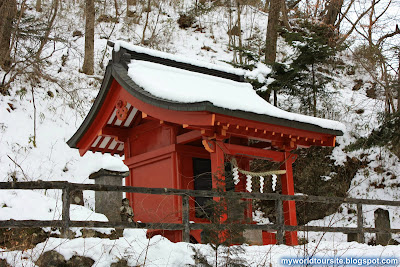THE SEMMERING RAILWAY (World Heritage sites)
Country: Austria
Titleholder: Austrian Federal Railways
Line length: 41 km (25.5 mi)
Minimum radius: 190 m (623 ft)
The Semmering Railroad, Austria, is the first mountain railway which crossed a high-mountains area.It running between Gloggnitz and the winter resort town of Semmering and passes thorugh some extrordinary Austrian mountain scenery.The railroad, made over 41 km of high mountains between (1848-1854). IT made by 20,000 workers under the project's designer and director Carl Ritter von Ghega.
The Semmering Railroad construction features 14 tunnels (among them the 1,431 m vertex tunnel), 16 viaducts (several two-story) and over 100 curved stone bridges as well as 11 small iron bridges
Even while being built the Semmering railroad was realized as an effort of "landscape gardening".
The unparalleled travel experience which the Semmering railroad offered contributed significantly to the original opening of the Semmering region for tourism and wonderful. the Numerous hotels and mansions are witnesses of this period of time.This enormous upswing to the turn of the century and the revaluation of the region as a winter sports area in the first third of the 20th Century were interrupted first by World War I and then by the changed recreational needs of the population.
accordingly, this unparalleled culture landscape could be Reserved with the change.The Semmering railroad the trip, full use 150 years after its building, still impresses the traveller as a special experience by its varied landscape, the typical style of its mansions and the characteristic sequence of viaducts and tunnel constructions.
In 1998,the UNESCO decleared that the Semmering railroad was added to the list of the UNESCO World Heritage sites.

.jpg)

.jpg)





